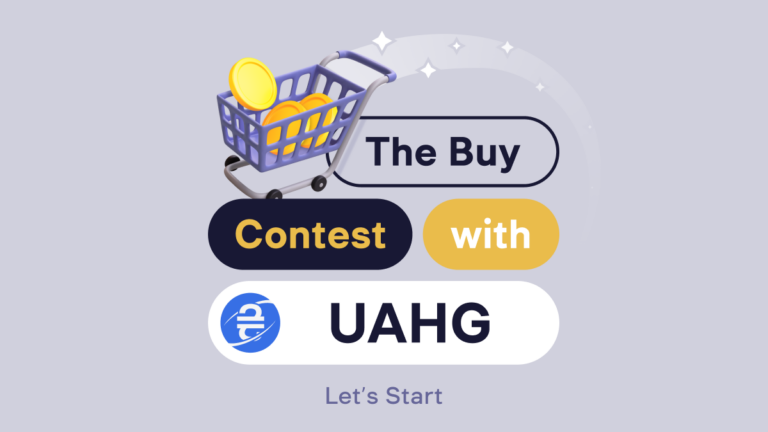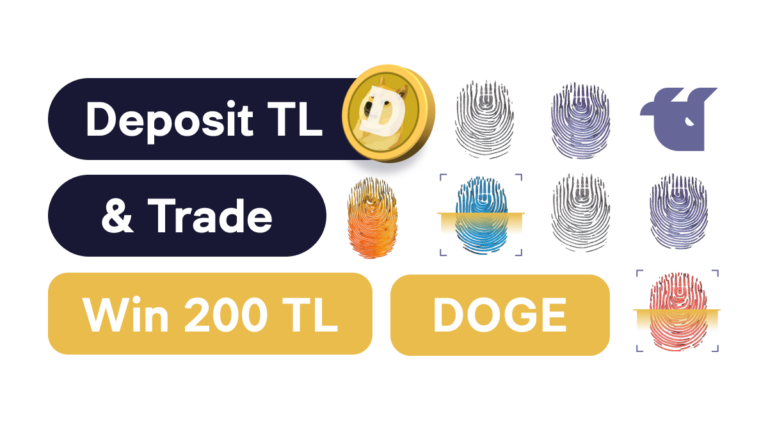Categories

Buying UAHG — Aiming to Win More UAHG!
12 April 2024

Don’t Miss Out on Daily Rewards
11 April 2024

LeisureMeta Balance Bonus Promotion
09 April 2024

Multi-futures Competition for the Largest Volumes
05 April 2024

Who Let the DOGEs Out! Vol.2
05 April 2024

Are You Fond of Crypto and Discord?
01 November 2023

